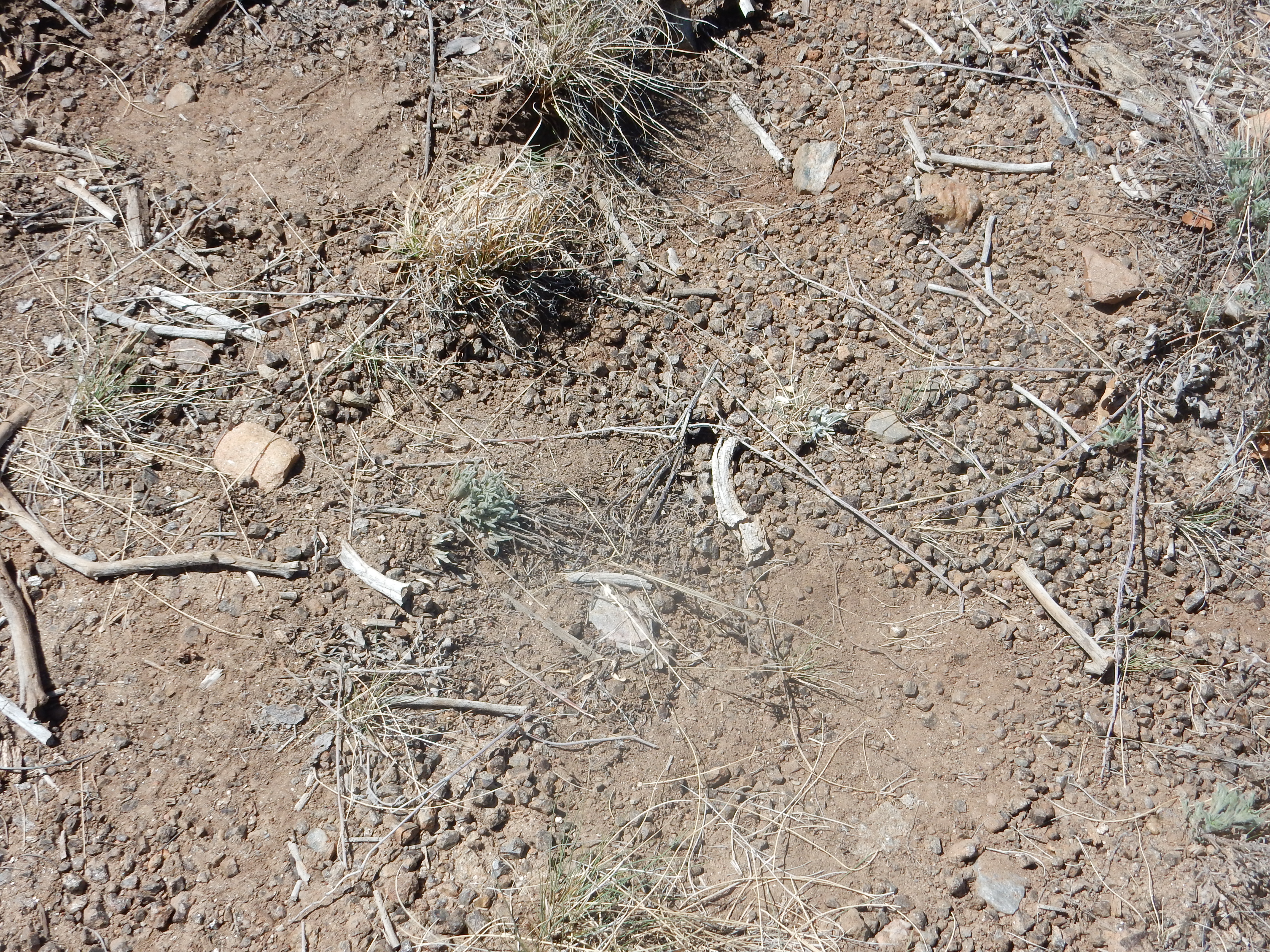|
Rinconada Formation
The Rinconada Formation is a geologic formation that crops out in the Picuris Mountains of northern New Mexico. Detrital zircon geochronology establishes a maximum age for the Rinconada Formation of about 1723 Mya, placing it in the Statherian period of the Precambrian. Description The formation consists of gray to buff quartz-muscovite schist with some inberbedded quartzite and metaconglomerate. which fills an inverted syncline in the northern Picuris Mountains. It is missing from the Hondo Group in the Tusas Mountains. Detrital zircon geochronology establishes a minimum age for the Rinconada Formation of 1762 Mya. However, this reflects the crystallization age of the source rocks, and the true age is likely closer to 1723 Mya based on zircon ages in the underlying Ortega Formation. This indicates a shift in source region between the Ortega Formation and the Rinconada Formation. The formation is divided into three informal members. The first is composed of staurolite gneiss ... [...More Info...] [...Related Items...] OR: [Wikipedia] [Google] [Baidu] |
Garnet
Garnets () are a group of silicate minerals that have been used since the Bronze Age as gemstones and abrasives. Garnet minerals, while sharing similar physical and crystallographic properties, exhibit a wide range of chemical compositions, defining distinct species. These species fall into two primary solid solution series: the pyralspite series (pyrope, almandine, spessartine), with the general formula [Mg,Fe,Mn]3Al2(SiO4)3; and the ugrandite series (uvarovite, grossular, andradite), with the general formula Ca3[Cr,Al,Fe]2(SiO4)3. Notable varieties of grossular include Grossular#Hessonite, hessonite and tsavorite. Etymology The word ''garnet'' comes from the 14th-century Middle English word ''gernet'', meaning 'dark red'. It is borrowed from Old French ''grenate'' from Latin language, Latin ''granatus,'' from ''granum'' ('grain, seed'). This is possibly a reference to ''mela granatum'' or even ''pomum granatum'' ('pomegranate', ''Punica granatum''), a plant whose fruits conta ... [...More Info...] [...Related Items...] OR: [Wikipedia] [Google] [Baidu] |
